Tag: Brain
-

Sniff test predicts consciousness recovery
Cambridge scientist Anat Arzi and Yaron Sacher of Israel’s Beit Lowenstein Rehabilitation Center have developed a simple olfactory consciousness test. In a study, 43 unconscious brain-injured pateients were presented with jars containing various smells under their noses. Scents included pleasant shampoo, unpleasant rotten fish, and no odor. Scientists measured the volume of air inhaled through…
-
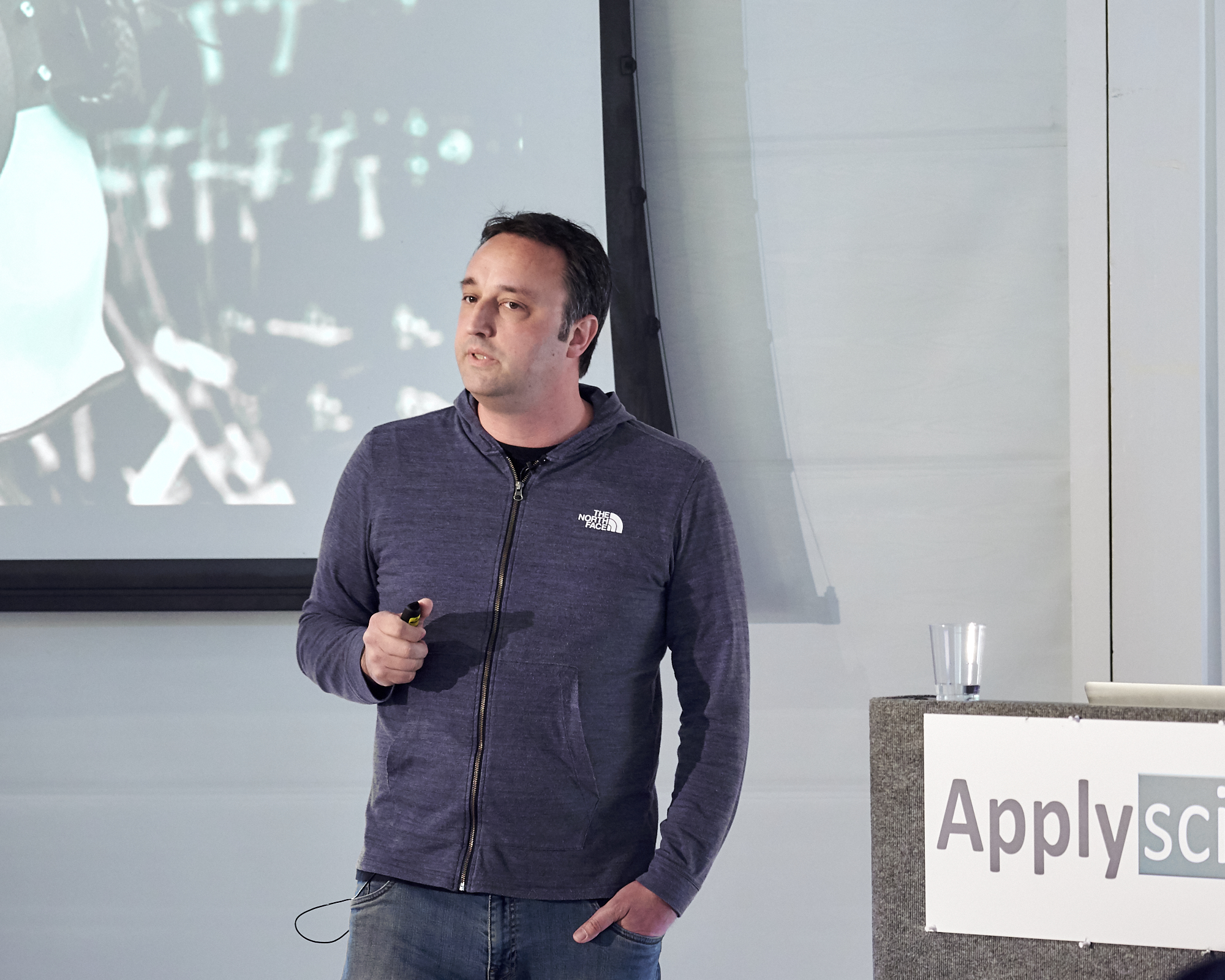
Facebook’s Mark Chevillet on Brain-Computer-Interfaces
Mark Chevillet’s recent talk at the ApplySci Silicon Valley conference, called “Imagining a new Interface: Hands-free Communication With Out Saying a Word” is now live on the ApplySci YouTube Channel. Join ApplySci at Deep Tech Health + Neurotech Boston on September 24, 2020 at MIT
-
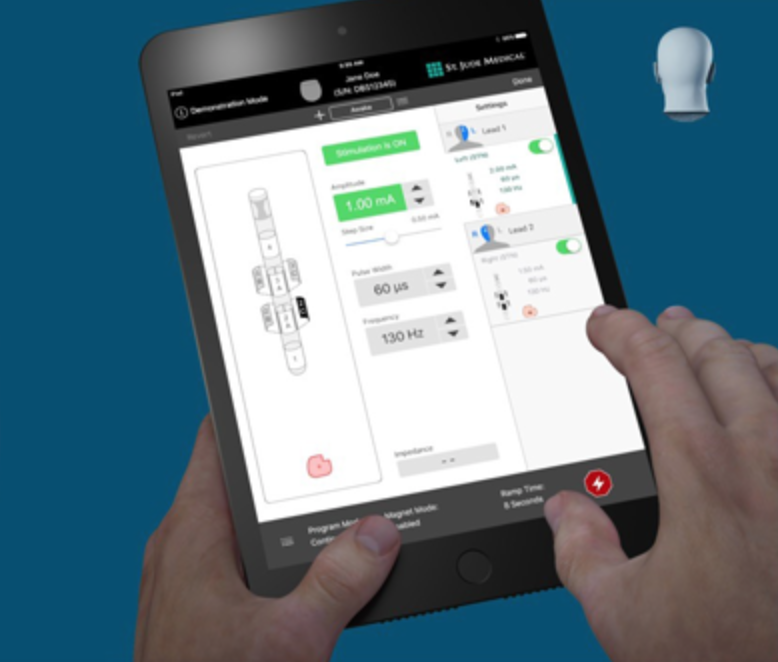
Directional DBS system targets GPi to relieve Parkinson’s symptoms
Abbott received FDA approval for an expanded indication for its Deep Brain Stimulation system, to include targeting of internal globus pallidus. The GPi plays an integral role in motor function. When targeted with DBS, Parkonson’s symptoms not adequately controlled by medication can improve. The directed stimulation system is now approved for all major targets used…
-
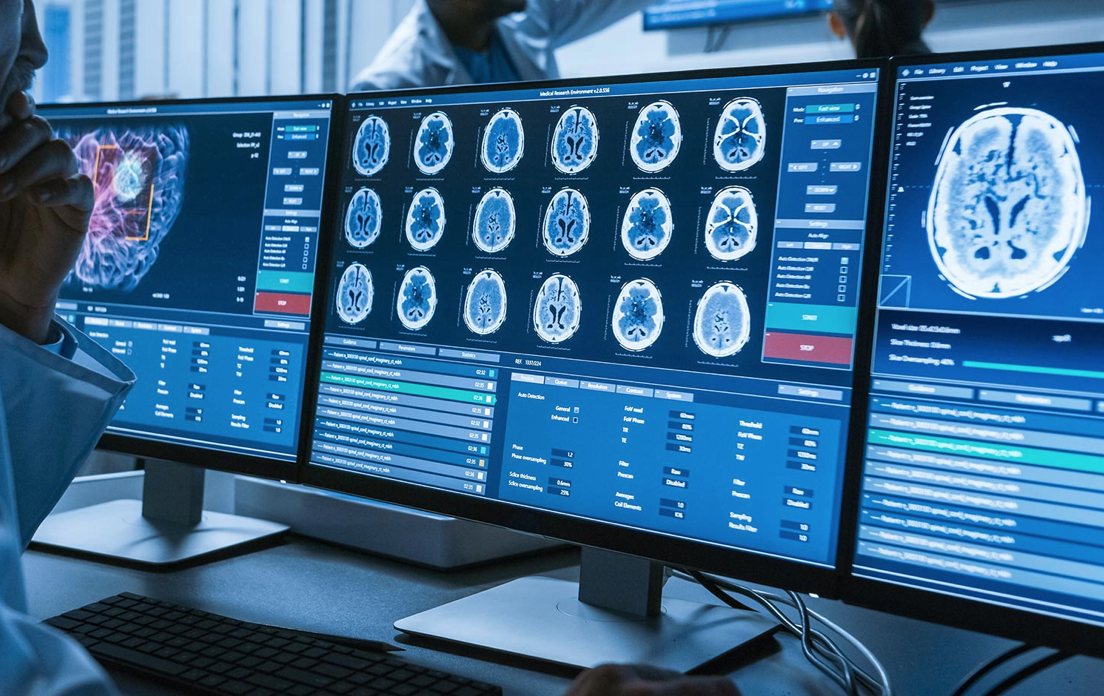
Injected nanoparticles could reduce TBI swelling
In what he believes might be the first “real and practical treatment for people with significant traumatic brain injury,” Northwestern’s John Kessler was able to significantly reduce brain swelling and damage by injecting nanoparticles into the bloodstream within two hours after the injury. The very promising technology has, so far, only been tested on mice.…
-
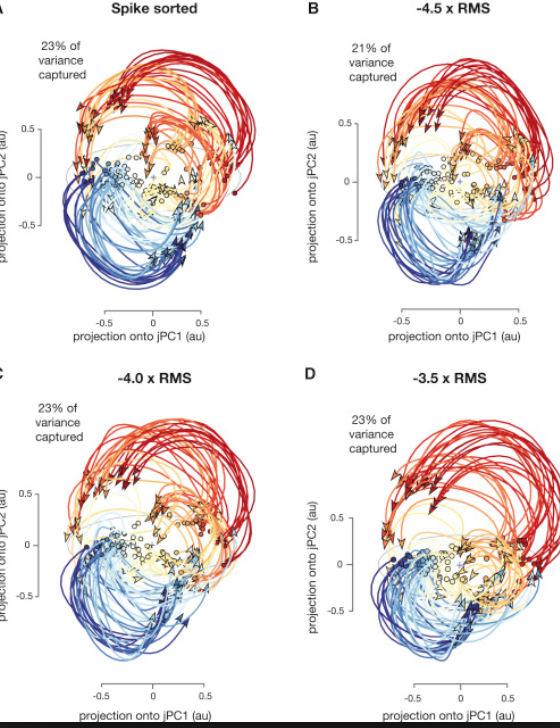
New electrodes, brain signal analysis, for smaller, lower power, wireless BCI
Building on his prior brain-controlled prosthetic work, Stanford’s Krishna Shenoy has developed a simpler way to study brain electrical activity, which he believes will lead to tiny, low-power, wireless brain sensors that would bring thought-controlled prosthetics into much wider use. The method involved decoding neural activity in aggregate, instead of “spike sorting.” Spike sorting must be…
-

Blood-brain-barrier recreated inside organ chip with pluripotent stem cells
Clive Svendsen, Gad Vatine, and Cedars Sinai and Ben Gurion University of the Negev colleagues have recreated the blood-brain barrier outside of the body using induced pluripotent stem cells for the first time. In a study, the recreated bbb functioned as it would in the individual who provided the cells to make it. This could…
-
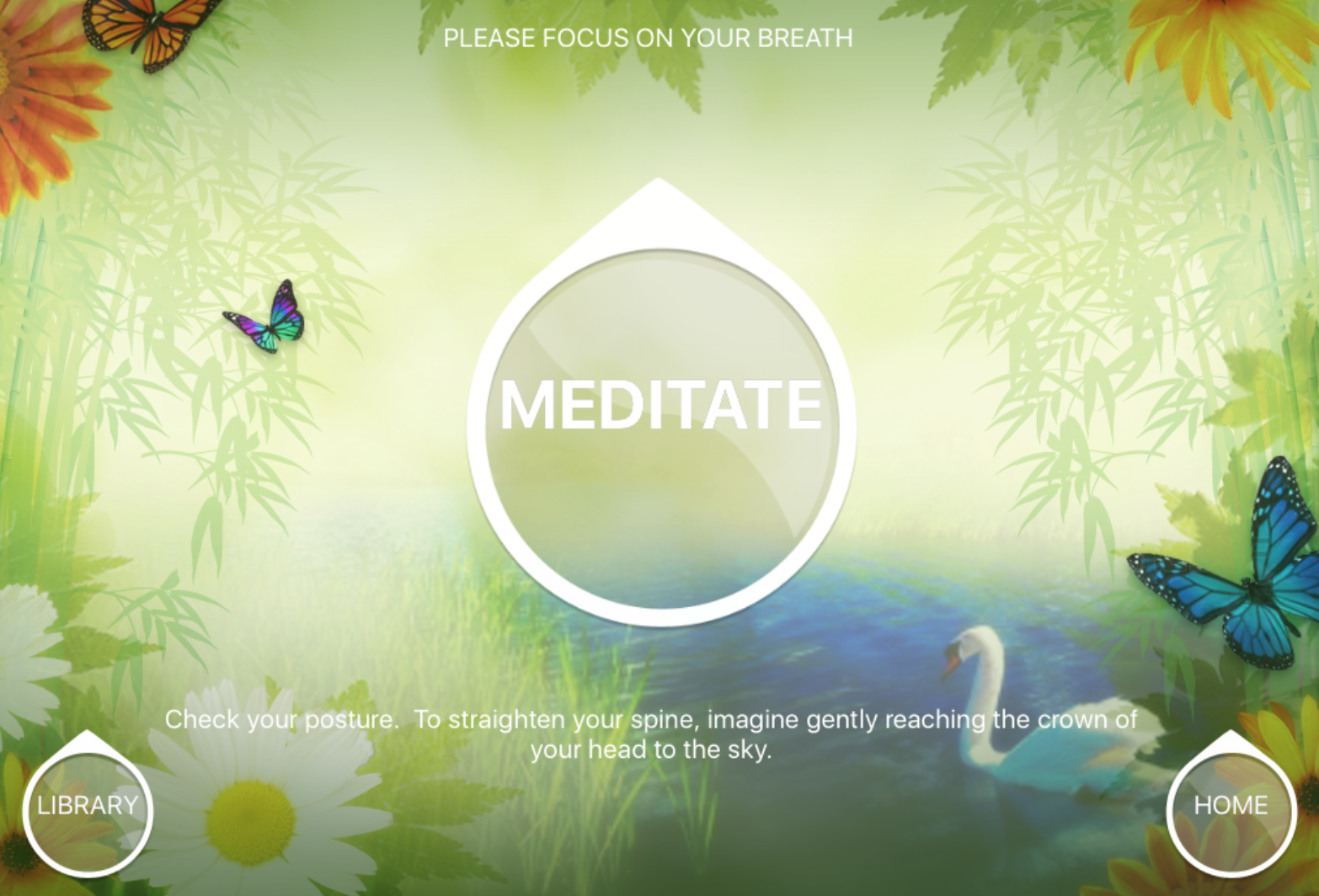
App optimizes meditation length to improve attention and memory
Adam Gazzaley and UCSF colleagues have developed a focus-driven digital meditation program that improved attention and memory in healthy adults in a recent study. MediTrain tailors meditation session length to participant abilities, and challenges users to increase session time. Subjects received significant benefits in 6 weeks. On their first day, they focused on their breath…
-
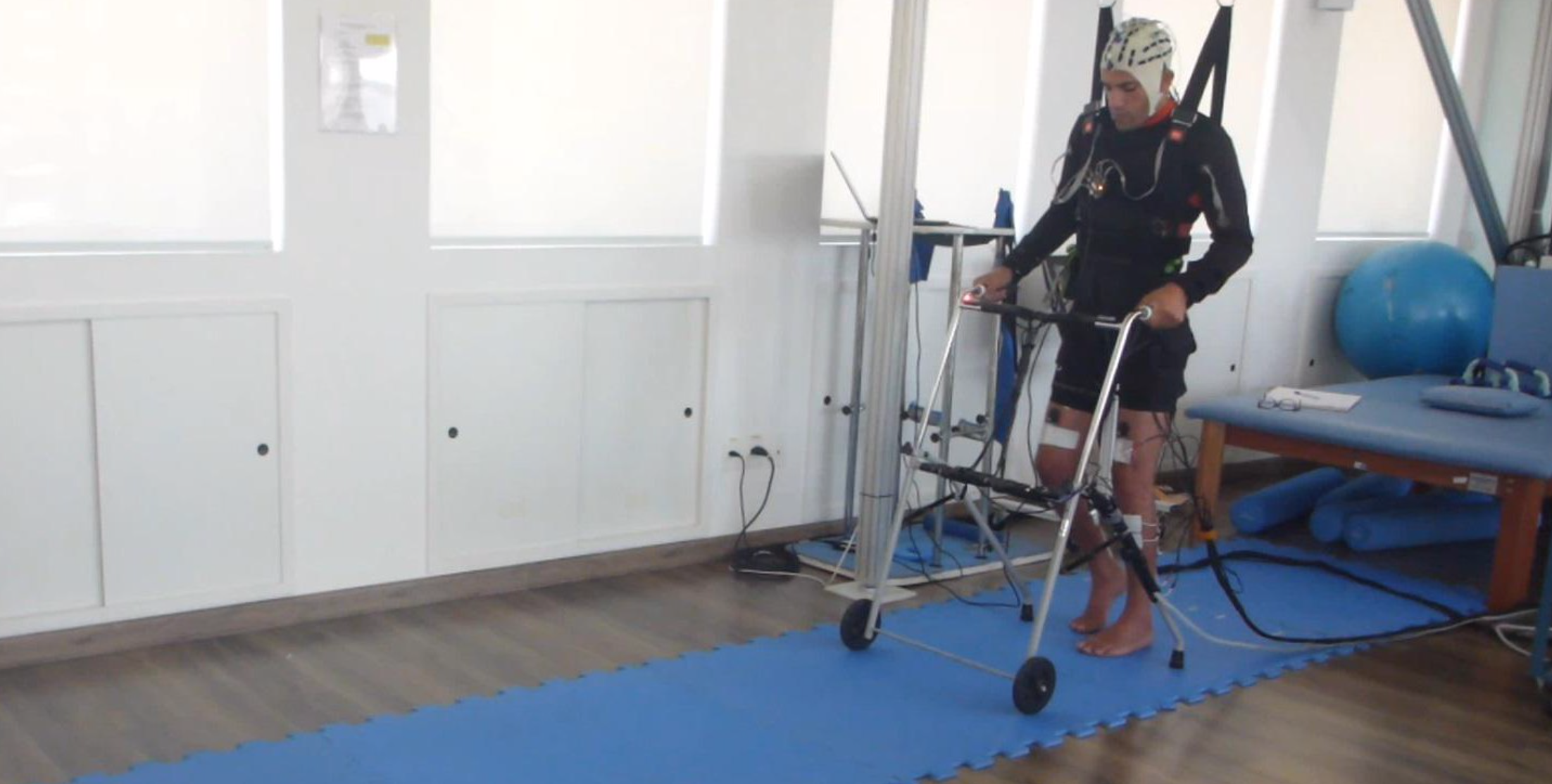
Study: Noninvasive BCI improves function in paraplegia
Miguel Nicolelis has developed a non-invasive system for lower-limb neurorehabilitation. Study subjects wore an EEG headset to record brain activity and detect movement intention. Eight electrodes were attached to each leg, stimulating muscles involved in walking. After training, patients used their own brain activity to send electric impulses to their leg muscles, imposing a physiological gait. With…
-

AI detects depression in children’s voices
University of Vermont researchers have developed an algorithm that detects anxiety and depression in children’s voices with 80 per cent accuracy, according to a recent study. Standard diagnosis involves a 60-90 minute semi-structured interview with a trained clinician and their primary care-giver. AI can make diagnosis faster and more reliable. The researchers used an adapted…
-

Thought generated speech
Edward Chang and UCSF colleagues are developing technology that will translate signals from the brain into synthetic speech. The research team believes that the sounds would be nearly as sharp and normal as a real person’s voice. Sounds made by the human lips, jaw, tongue and larynx would be simulated. The goal is a communication method for…
-
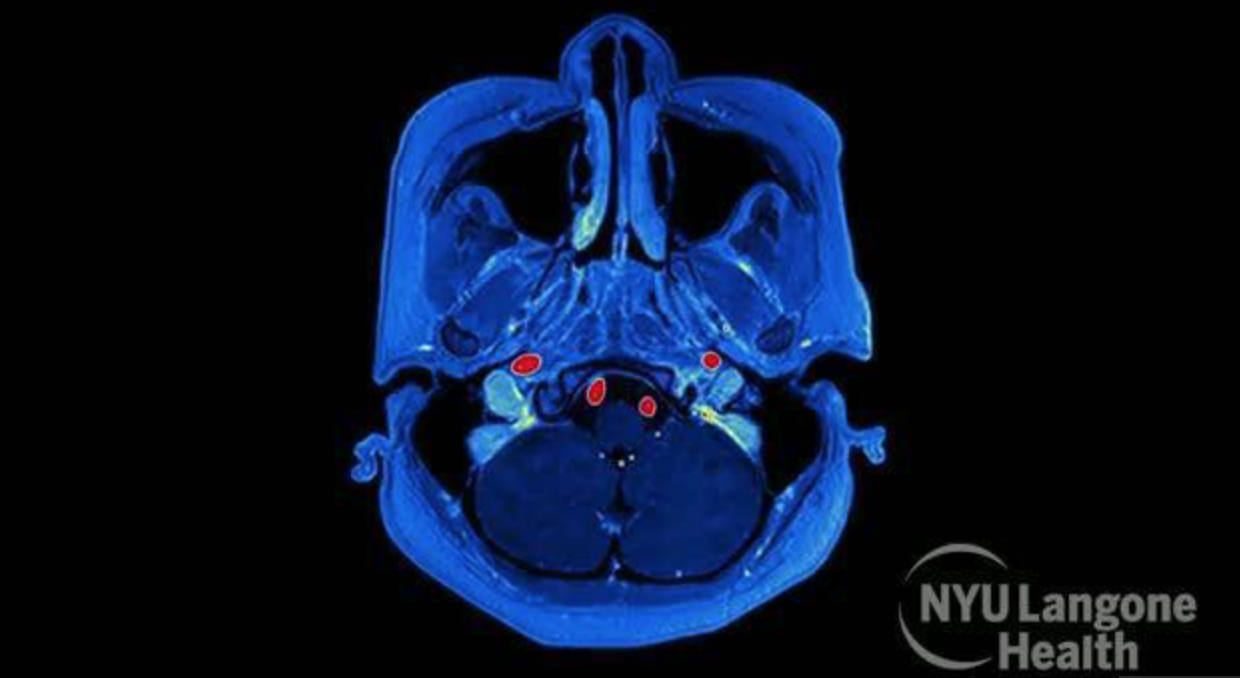
Voice-detected PTSD
Charles Marmar, Adam Brown, and NYU colleagues are using AI-based voice analysis to detect PTSD with 89 per cent accuracy, according to a recent study. PTSD is typically determined by bias-prone clinical interviews or self-reports. The team recorded standard diagnostic interviews of 53 Iraq and Afghanistan veterans with military-service-related PTSD, as well as 78 veterans without…
-
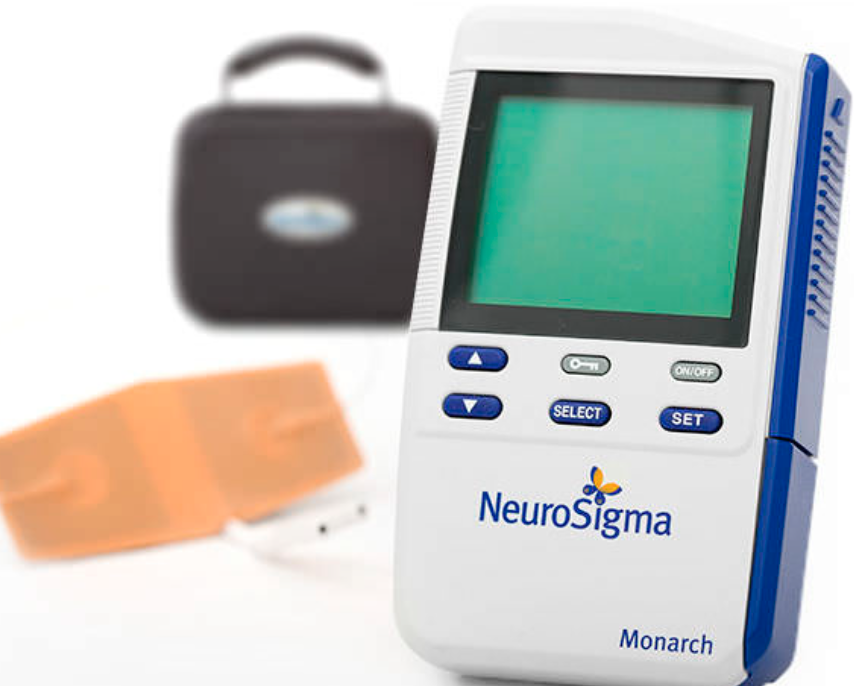
Trigeminal nerve stimulation to treat ADHD
NeuroSigma has received FDA clearance for its forehead patch which stimulates the trigeminal nerve during sleep to treat ADHD. The device won CE Mark approval in Europe in 2015. The approval was based on study of 62 subjects. Over four weeks, those who received the treatment showed a decrease in ADHD-RS by -31.4%. The control group showed a -18.4% decrease.…